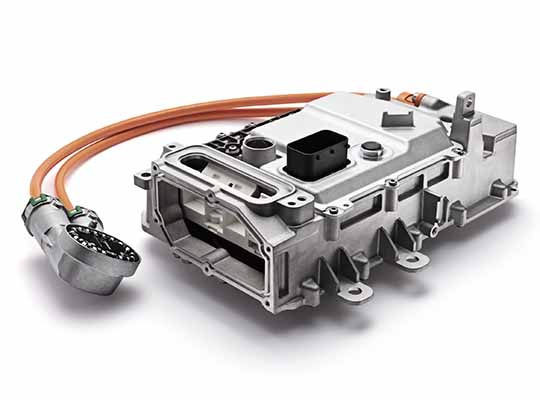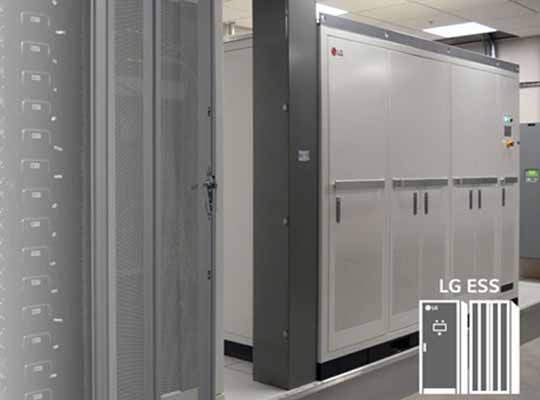BANGALORE, India : Hydrogen Generation Market is segmented by Type (Traditional Alkaline Electrolyzer, PEM Electrolyzer), by Application (Power Plants, Steel Plant, Electronics and Photovoltaics, Industrial Gases, Energy Storage or Fueling for FCEV’s, Power to Gas, Others) : Opportunity Analysis and Industry Forecast, 2022–2028. It is published in Valuates Reports under the Renewable & Alternative Energy Category.
Due to the COVID-19 pandemic, the global Hydrogen Generation market size is estimated to be worth USD 265.6 million in 2022 and is forecast to be a readjusted size of USD 445.5 million by 2028 with a CAGR of 9.0% during the review period.
Major Factors Driving the Growth of the Hydrogen Generation Market
The rising focus on hydrogen generation for fuel cell power and growing government initiatives for desulphurization to decrease greenhouse gas emissions will drive the growth of the market.
The increasing applications of hydrogen owing to their high energy efficiency will drive market growth during the forecast period.
TRENDS INFLUENCING THE GROWTH OF THE GLOBAL HYDROGEN GENERATION MARKET
The desire for reducing carbon emissions from power generation is driving a shift toward power production through renewable energy sources. However, there are concerns related to maintaining grid stability and storage or firming capability. The conversion from power to gas is achieved by installing gas turbines that use hydrogen fuel. The massive concentrations of hydrogen provide the needed grid firming, and stability and ensure a significant reduction in carbon emissions. Hence grid regulating agencies are increasingly deploying gas turbine-run power plants for achieving economies of scale which will in turn bolster the growth of the hydrogen generation market in the coming years.
Industry players are increasingly focusing on the scope of hydrogen in the steel industry. Green hydrogen is a viable alternate injection material that enhances the traditional blast furnaces’ performance. The gas is an efficient reductant substitute that can manufacture carbon-neutral steel. Several R&D initiatives are being undertaken which will have a positive impact on the market in the future.
Several countries and government authorities around the world are shoring up investments in hydrogen technologies to decarbonize a growing number of sectors like transport, chemicals, iron, and steel production. This will bolster the growth of the hydrogen generation market in the forthcoming years. Regulatory bodies are implementing strict mandates for desulphurization to prevent air pollution. Hydrogen is an efficient clean energy source for removing contaminants like sulfur from industrial fuels.
Hydrogen is manufactured for oil refining, ammonia, and methane production. Other industrial applications involve cooling power plant generators, grid stabilization, and hydrocracking for petroleum products. This will surge the growth of the hydrogen generation market in the subsequent years. The electrical energy produced through electrolysis can be stored for use in transportation.
The hydrogen economy suffers from a host of challenges. The operating costs of producing green hydrogen are coming down gradually due to the rising efficiency of electricity generation from renewable sources. However infrastructural issues remain dominant. This will hamper the growth prospects of the hydrogen generation market. The high initial costs of electrolyzing equipment and regular maintenance costs reduce production capability. Industrial-sized underground pipes and filling stations have to be set up with an extensive network of pipelines. The transportation, storage, and delivery is a time-consuming process as hydrogen’s unique volumetric density provides complications to pipeline materials and compressor design. It has to be pressurized and liquefied at a certain range and temperature. Furthermore, the gas is extremely flammable and explosive. It is almost invisible to the naked eye and creates issues for safety and detection.
HYDROGEN GENERATION MARKET SHARE ANALYSIS
Based on type, the traditional alkaline electrolyzer is the largest segment in the hydrogen generation market share with 55% as it operates with low-cost catalysts, separators, and transport layers in comparison to other production methods. The durability is better and the gas purity is high.
Based on region, Asia-Pacific is expected to witness considerable growth with a market share of over 45%. This is due to rapid investment in hydrogen fuel cells and a growing inclination towards green technologies for reducing carbon emissions. Europe and the Americas are the second largest with a total share of 45%.
Key Companies:
- Proton On-Site
- 718th Research Institute of CSIC
- Teledyne Energy Systems
- Hydrogenics
- Nel Hydrogen
- Suzhou Jingli
- Beijing Zhongdian
- McPhy
- Siemens
- TianJin Mainland
- Areva H2gen
- Shandong Saksay Hydrogen Energy
- Yangzhou Chungdean Hydrogen Equipment
- Asahi Kasei
- Idroenergy Spa
- Erredue SpA
- ShaanXi HuaQin
- Kobelco Eco-Solutions
- ELB Elektrolysetechnik GmbH
- ITM Power
- Toshiba













